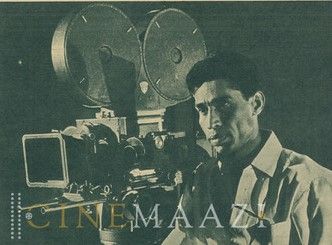
Nov 27 2022
Birth Centenary: V.K.Murthy!
Venkatarama Pandit Krishnamurthy (26 November 1923 – 7 April 2014) known professionally as V. K. Murthy, was an Indian cinematographer. Murthy, a one-time violinist and jailed freedom fighter, was Guru Dutt’s regular cameraman on his movies.
 V.K.Murthy was recipient of Dadasaheb Phalke Award in2008 which is the highest honor in Indian Film Industry, he was also the first Indian cinematographer to shoot in CinemaScope, a format which uses an anamorphic lens for the film Kaagaz Ke Phool(1959) which is considered as the milestone for cinematography, though the movie was not initially successful at Box office it went on to become one of the major classics of Indian Cinema.
V.K.Murthy was recipient of Dadasaheb Phalke Award in2008 which is the highest honor in Indian Film Industry, he was also the first Indian cinematographer to shoot in CinemaScope, a format which uses an anamorphic lens for the film Kaagaz Ke Phool(1959) which is considered as the milestone for cinematography, though the movie was not initially successful at Box office it went on to become one of the major classics of Indian Cinema.
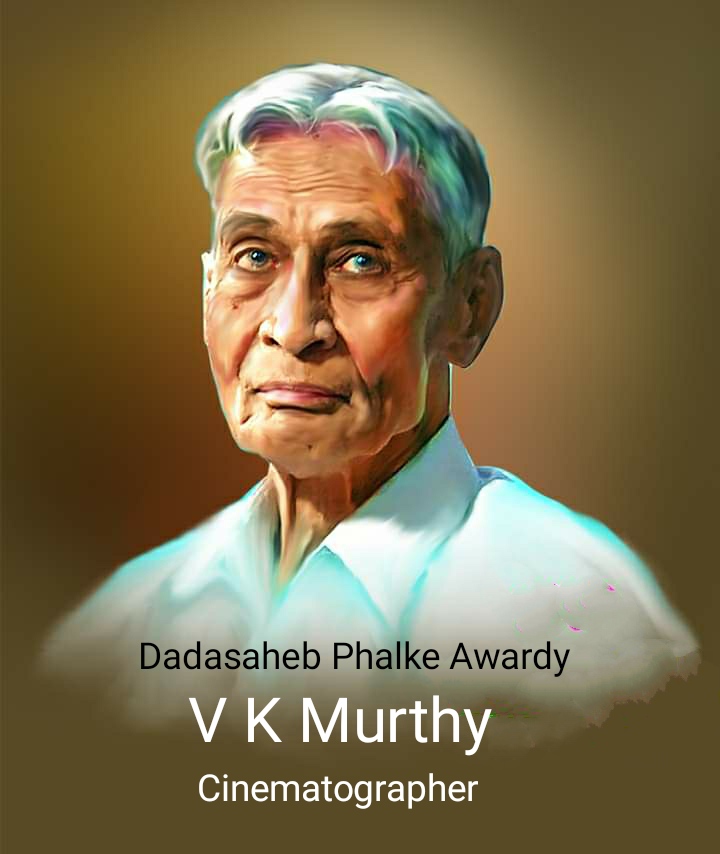 Ace Cinematographer and Internationally acclaimed filmmaker Govind Nihalani says “I first heard about VK Murthy at Shree Jaya Chamrajendra Polytechnic Institute in Bengaluru, where I studied cinematography in the early ’60s. He graduated from the same institute and was already a legend as he had done Pyaasa (1957) by then. After the film, he dominated the imagination of every student at the institute. That’s when I decided to become his assistant. I met him in Mumbai, when he was working on Ziddi (1948), directed by Pramod Chakravorty. Whatever I am today is because of him. It was not a relationship of a cameraman and his assistant, it was that of a guru and shishya. He always believed that the story of a film is a director’s vision and he would strive to recreate that for the audiences. Murthy never approached cinema as just a series of images. Every frame and every shot had a purpose. That was my biggest learning from him.”
Ace Cinematographer and Internationally acclaimed filmmaker Govind Nihalani says “I first heard about VK Murthy at Shree Jaya Chamrajendra Polytechnic Institute in Bengaluru, where I studied cinematography in the early ’60s. He graduated from the same institute and was already a legend as he had done Pyaasa (1957) by then. After the film, he dominated the imagination of every student at the institute. That’s when I decided to become his assistant. I met him in Mumbai, when he was working on Ziddi (1948), directed by Pramod Chakravorty. Whatever I am today is because of him. It was not a relationship of a cameraman and his assistant, it was that of a guru and shishya. He always believed that the story of a film is a director’s vision and he would strive to recreate that for the audiences. Murthy never approached cinema as just a series of images. Every frame and every shot had a purpose. That was my biggest learning from him.”
Legendary Gurudutt when he was directing his first venture Baazi(1951) cinematographer was V.Ratra and Murthy was his assistant, on one occasion Gurudutt noticed V.K.Murthy operating camera with a complex move of panning a shot from a mirror from Dev Anand to Gita Bali with absolute fluidity…from his next directorial V.K.Murthy was the cinematographer and their collaboration was History.
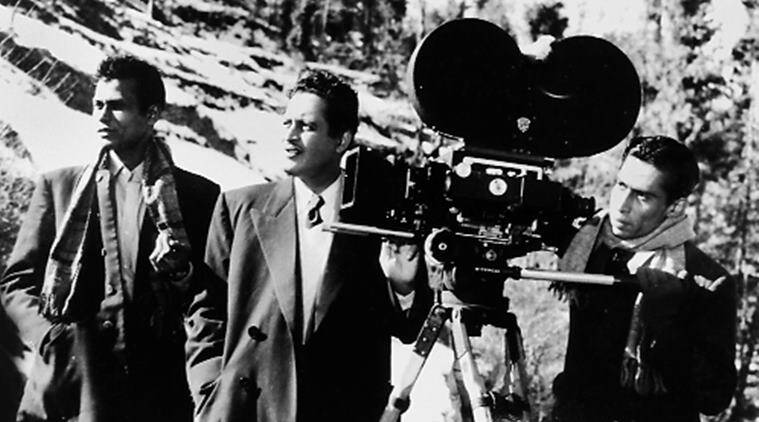 He was a master of light & shadow..Kaagaz Ke Phool famous song of waqt ke niya ..where a beam of sunlight light falling into the Dark Studio is stunningly picturized it was considered impossible during those times of very low sensitive emulsion film.
He was a master of light & shadow..Kaagaz Ke Phool famous song of waqt ke niya ..where a beam of sunlight light falling into the Dark Studio is stunningly picturized it was considered impossible during those times of very low sensitive emulsion film.
Master V.K.Murthy used two huge mirrors self designed with help of carpenter, he placed one of the mirrors onthe ceiling of the studio near by a exhaust fan…a special window also was made at the top of the studio to get natural sunlight it was forced by two mirrors and second one was also kept at the floor.
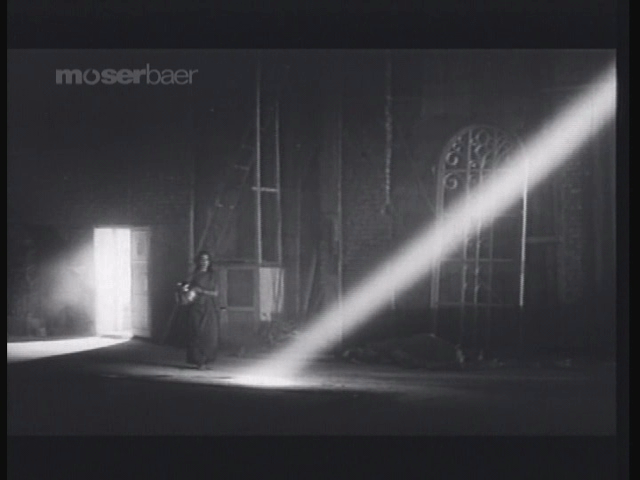 Sunlight was reflected by both the mirrors to achieve most iconic shots in Indian Film Cinematography.
Sunlight was reflected by both the mirrors to achieve most iconic shots in Indian Film Cinematography.
https://www.youtube.com/watch?v=4JqBqHXODlc
Popular Cinematographer Basavaraj has done a documentary on V.K.Murthy which focuses on Murthy’s works with Guru Dutt, as he was a constant companion of the great actor-director. It also dwells a little bit on Kamal Amrohi’s masterpieces, including Pakeezah . “Images of the song ‘Chaudavin ka Chand’ is still etched in my memory,” says, Basavaraj, who has worked with directors like Puttanna Kanagal and Siddalingaiah. Basavaraj has also made documentaries on cinematographers like RNK Prasad, DV Rajaram and filmmaker N Lakshminarayan.
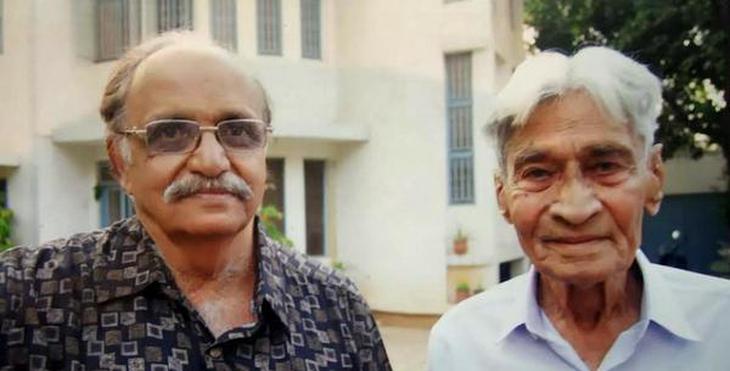 Basavaraj’s Drishya Garudiga focuses on why Murthy, who dreamt of being an actor, became a cinematographer.
Basavaraj’s Drishya Garudiga focuses on why Murthy, who dreamt of being an actor, became a cinematographer.
“Murthy was so passionate about being an actor that he watched many films at the Krishna theatre near Dodda Gadiyara Tower, Mysuru. Then he said that one day, at age 16, he saw his reflection and decided he was not fit to be an actor. However, his passion for cinema pushed him in the field of cinematography,” shares Basavaraj, who is an alumnus of Silver Jubilee Polytechnic, Bengaluru, where VK Murthy also studied cinematography.
V.K.murthy cinematography will remain as original classic images that will inspire generations to come and as a study material on Aesthetic form.
Selected filmography- Wikipedia
- Hoovu Hannu (1993) (One and only Kannada movie)
- Deedar (1992)
- Khule Aam (1992)
- Kalyug Aur Ramayan (1987)
- Nastik (1983)
- Jugnu (1973)
- Naya Zamana (1971)
- Suraj (1966)
- Love in Tokyo (1966)
- Ziddi (1964)
- Sahib Bibi Aur Ghulam (1962)
- Chaudhvin Ka Chand (1960)
- Kaagaz Ke Phool (1959)
- 12 O’Clock (1958)
- Pyaasa (1957)
- C.I.D. (1956)
- Mr. & Mrs. ’55 (1955)
- Aar-Paar (1954)
- Jaal (1952)
Article by
CJ Rajkumar
Author/Cinematographer.
